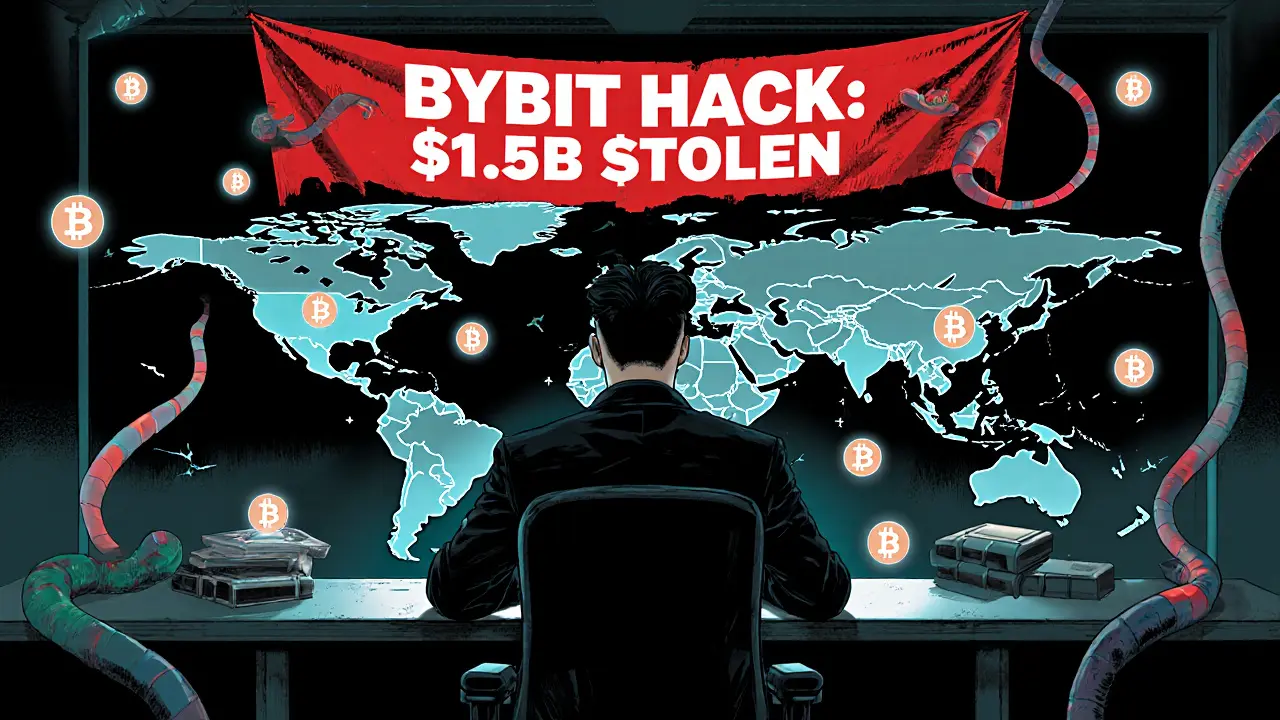Blockchain Forensics: How Investigators Track Crypto Crimes
When someone steals Bitcoin, sends ransomware payments, or runs a scam token, they think they’re anonymous. But blockchain forensics, the practice of analyzing public ledger data to trace cryptocurrency transactions and identify users. Also known as crypto tracing, it turns every Bitcoin transfer into a digital fingerprint that can be followed—no matter how many wallets it passes through. Unlike traditional banking, where records are hidden behind layers of privacy, blockchains are open books. Every coin movement is recorded forever. That’s why agencies like the FBI, Europol, and even private firms can track down criminals who thought they were invisible.
Behind this is a mix of blockchain analysis tools, specialized software that maps transaction patterns, clusters wallets, and flags suspicious activity, and human expertise. These tools don’t crack private keys—they just connect the dots. For example, if a hacker sends stolen ETH to a centralized exchange, the exchange’s KYC data can link that wallet to a real person. Or if a scammer uses the same wallet to receive payments from 500 victims, analysts can group those wallets together and trace the flow back to the source. This isn’t magic. It’s math, pattern recognition, and data clustering. And it’s getting better every year.
Real cases show how powerful this is. In 2022, the U.S. Department of Justice recovered $3.6 billion in Bitcoin stolen from the Bitfinex hack—because investigators traced the coins through dozens of mixing services and found the final wallet linked to a single person. In another case, a North Korean hacking group used crypto to fund weapons programs, but blockchain forensics helped the UN identify their laundering routes. Even decentralized exchanges aren’t safe. If you swap tokens on a DEX, your IP address, transaction timing, and wallet history can still be pieced together.
It’s not just for law enforcement. Insurance firms use blockchain forensics to verify claims after hacks. Exchanges use it to block bad actors before they deposit stolen funds. And everyday users? They should care because if you hold crypto, you might be unknowingly holding tainted coins. That’s why some wallets now warn you if a coin you received was once part of a theft or ransomware payment.
What you’ll find in the posts below isn’t theory—it’s real-world examples of how crypto trails are followed, how regulations are catching up, and how tools like zero-knowledge proofs and quantum-resistant ledgers might change the game. From how El Salvador’s Bitcoin experiment left digital footprints to how Iraq’s crypto ban relies on tracing tools, these stories show that no transaction stays hidden forever. Whether you’re a trader, investor, or just curious, understanding blockchain forensics means knowing who’s watching—and why it matters for your coins.

North Korea has stolen over $2 billion in cryptocurrency in 2025 alone, funding its weapons programs through cyber heists. A new 11-nation coalition, the MSMT, is fighting back with blockchain forensics, but gaps in global cooperation still leave the system vulnerable.
Continue Reading





